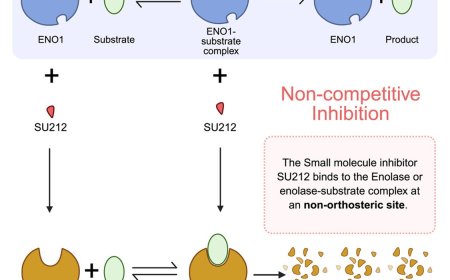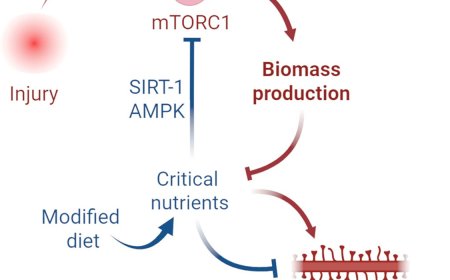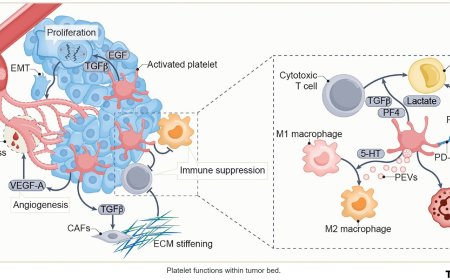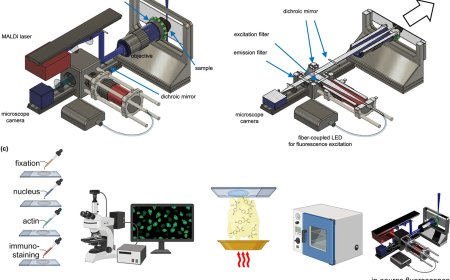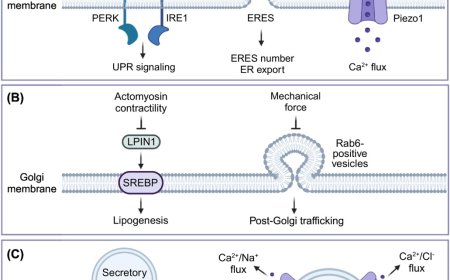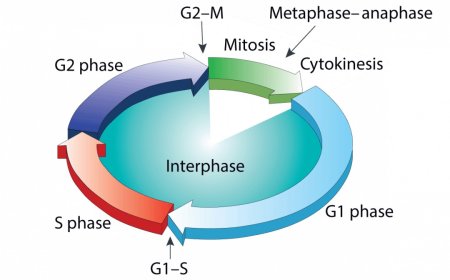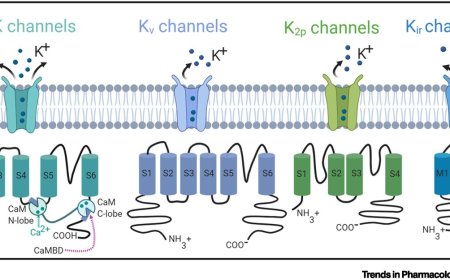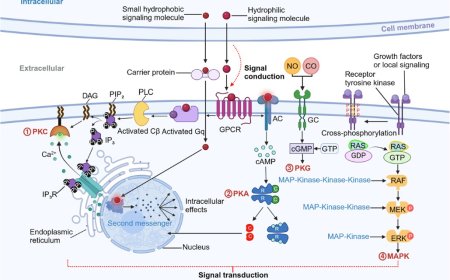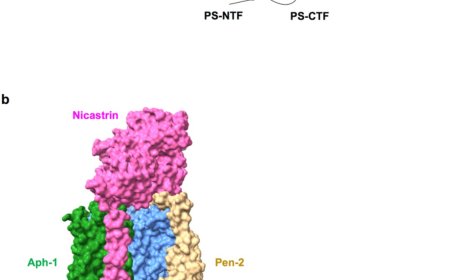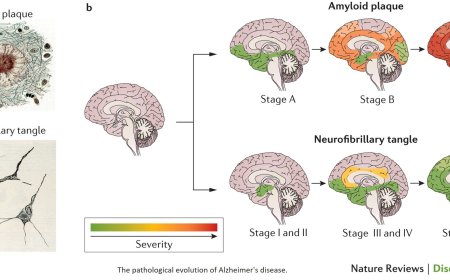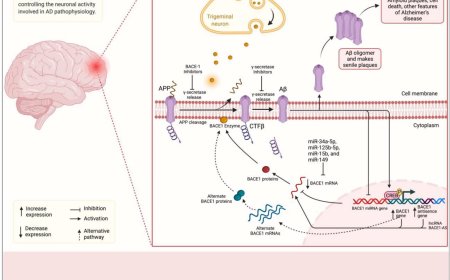Alpha secretase in Alzheimer's disease
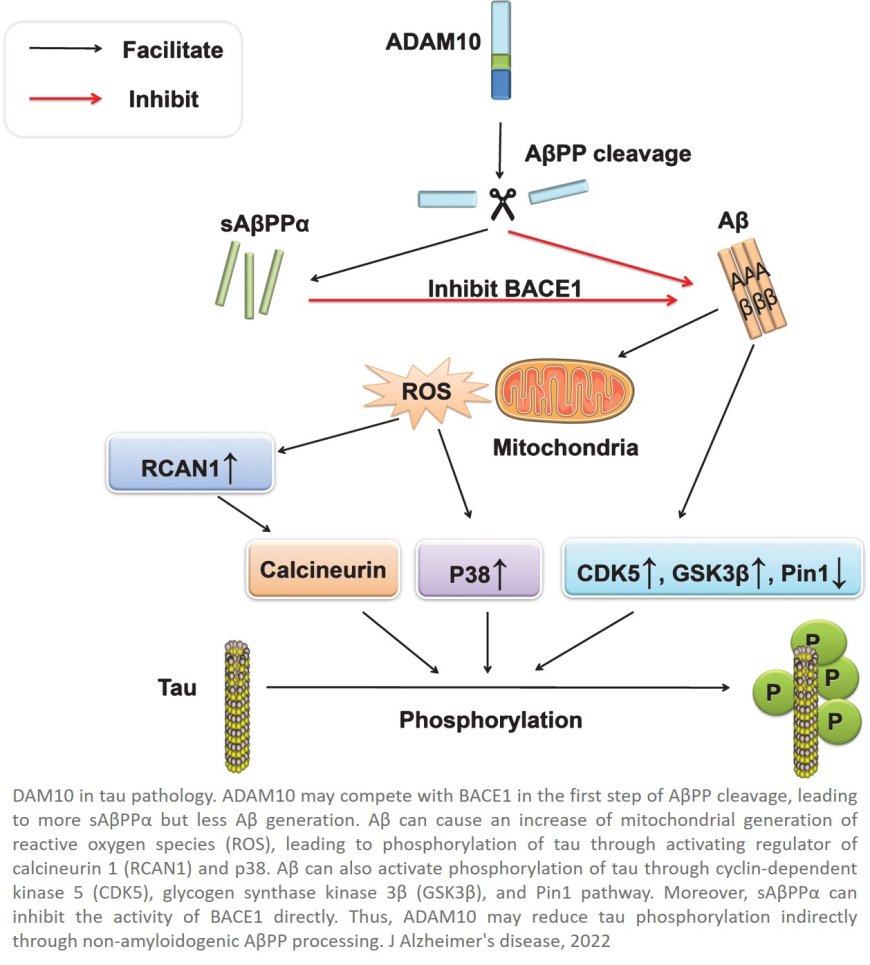
Alpha-secretase is an enzyme that plays a crucial role in the non-amyloidogenic pathway of amyloid precursor protein (APP) processing. Here's an overview of alpha-secretase:
Structure and Function
1. ADAM family: Alpha-secretase belongs to the ADAM (A Disintegrin And Metalloproteinase) family of proteases.
2. Metalloprotease: Alpha-secretase is a zinc-dependent metalloprotease.
3. Transmembrane protein: Alpha-secretase is a transmembrane protein with a catalytic domain located outside the cell membrane.
Substrates and Cleavage Sites
1. APP: Alpha-secretase cleaves APP at the alpha-site (between Lys687 and Leu688), releasing the soluble APPα (sAPPα) fragment.
2. Other substrates: Alpha-secretase also cleaves other substrates, including heparin-binding EGF-like growth factor (HB-EGF), tumor necrosis factor-alpha (TNF-α), and Kit ligand.
Role in Alzheimer's Disease
1. Non-amyloidogenic pathway: Alpha-secretase initiates the non-amyloidogenic pathway of APP processing, which precludes the formation of amyloid-β (Aβ) peptides.
2. Neuroprotection: Alpha-secretase has been shown to have neuroprotective effects by promoting the release of sAPPα, which has been implicated in neurotrophic and neuroprotective activities.
Regulation of Alpha-Secretase Activity
1. Phosphorylation: Alpha-secretase activity can be regulated by phosphorylation, which can modulate its enzymatic activity.
2. Protein-protein interactions: Alpha-secretase interacts with other proteins, including APP, to regulate its activity.
3. Cellular signaling pathways: Alpha-secretase activity can be regulated by various cellular signaling pathways, including the protein kinase C (PKC) and mitogen-activated protein kinase (MAPK) pathways.
Therapeutic Potential
1. Alpha-secretase activators: Activators of alpha-secretase have been proposed as potential therapeutic agents for Alzheimer's disease.
2. Alpha-secretase-mediated neuroprotection: Enhancing alpha-secretase activity may promote neuroprotection and reduce Aβ production, providing a potential therapeutic strategy for Alzheimer's disease.
https://journals.sagepub.com/doi/full/10.3233/JAD-170061
https://sciencemission.com/ADAM10-in-Alzheimer%E2%80%99s-Disease
